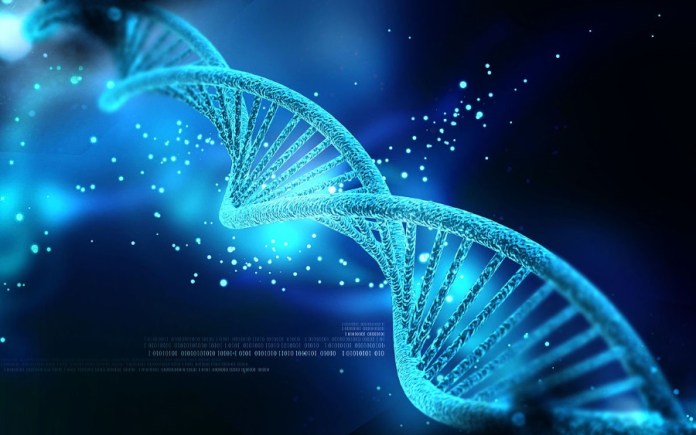With the continuous encroachment of artificial intelligence into various aspects of life, groundbreaking innovations seem to be inevitable. Recently, researchers from Caltech created an artificial neural network using DNA that has the power to eradicate a common machine learning issue involving correctly recognizing handwritten numbers.
The undertaking by the researchers marks a fundamental step in showing the ability to program artificial intelligence (AI) into synthetic bimolecular circuits.
All the work took place in Lulu Qian’s laboratory. Lulu is a bioengineering assistant professor. Also, a paper detailing the entire research was available online on July 4 and is expected to appear on the journal Nature in its July 19 print issue.
Qian said even though scientists have only started to explore the development of artificial intelligence (AI) in molecular machines recently, its potential is irrefutable.
She added that artificial molecular machines have the power to make all things that are made of molecules not only to be more capable but also responsive to the environment in the next hundred years. Lulu likened this situation to how smartphones and electronic computers have given human beings more capability compared to a hundred years back.
READ MORE – Top 10 Ways Artificial Intelligence is Impacting Healthcare
Even though artificial neural networks are more simplified in comparison to their biological counterparts, they work like networks of neurons and have the power to process complex information. The ultimate objective for Qian’s laboratory is to program intelligent deeds including the ability to make choices, compute among others, using artificial neural networks made from DNA.
According to Qian, humans boast more than 80 billion neurons each in their brain, which help them to make complex decisions. On the other hand, smaller animals including roundworms can use only a few hundred neurons to make simpler decisions.
She also asserted that they designed and made biochemical circuits that operate like a tiny network of neurons in classifying molecular information, which is considerably more sophisticated compared to what was previously possible, in their recent work.
Since human handwriting can vary considerably, when an individual analyzes a scribbled sequence of numbers, the brain ends up performing sophisticated computational functions in a bid to recognize them. Humans can find it difficult to identify other individual’s messy handwriting.
MORE – RPA – 10 Powerful Examples in Enterprise
As such, recognizing handwritten numbers has become a typical evaluation for programming intelligence, particularly into artificial neural networks.
According to the description outlined in Nature, Qian lab graduate student Kevin Cherry showed that a neural network created from well-designed DNA sequences could conduct prescribed chemical reactions intended to recognize molecular handwriting accurately.
Each molecular handwriting example does not take a number’s shape unlike the case of visual handwriting, which varies mainly in geometrical shape.
Each molecular digit comprises of 20 distinctive DNA strands that are selected from 100 molecules, whereby each of them is assigned to show a single pixel in whichever 10 by 10 pattern. What’s more, the DNA strands are combined together in a test tube.
Qian said that the lack of geometry is uncommon, particularly in natural molecular signatures. However, it still calls for complex biological neural networks to recognize them.
Source Caltech




















